Top 10 Foods (and Drinks) to Increase Milk Supply
This post may contain affiliate links. As an Amazon Associate, I earn from qualifying purchases.
Many breastfeeding moms are worried if their baby is getting enough milk. And it is completely understandable, especially in the case of first-time moms. If you have concerns about your milk supply, it may be a good idea to see a lactation consultant and learn about the most effective foods to increase your milk supply.
However, there are some signs that can indicate if your baby is well-fed or needs more milk. Today, we will talk about these signs shortly, then we dive into the list of milk supply-boosting foods.
Before we proceed, I just want to remind you that your body is made to feed your baby! I struggled majorly in the first 6 weeks with feeding my daughter- with a supply that was slow to come in and my daughter not being able to latch properly for the first 3 weeks. In hindsight, I can see that it was all fine. But at the moment, I was a mess and felt like a failure. The best thing for me was having my mom come visit and assure me that we would figure it out. She just had faith, and since she’d had 5 babies that she fed, I figured I could listen
No matter how hard it seems now, it will get easier with the right support and mindset, mama!
10 foods to increase milk supply

If you think that you don’t have enough milk for the baby, you can still make some dietary changes. We collected the best foods to increase milk supply. These foods can both increase the quantity and the quality of your breast milk. This is because these breastfeeding superfoods are rich in minerals and vitamins and have some chemical properties that can boost milk supply.
Note: While foods can facilitate milk supply, remember that the most important factors for a boost include skin-on-skin time, hydration, proper latching, stress management, and high frequency of feeds!
1. Barley

It is a quite well-known fact that beer can increase breast milk supply. This is because one of the components of beer is lactogenic: barley. However, before you go and grab a beer, don’t forget that everything you drink finds its way to breast milk, and it is true also for alcohol (one beer is usually okay with pediatricians- decide what you’re comfortable with).
To gain the potential benefits of this drink for boosting milk supply, experts recommend choosing a non-alcoholic beer or adding whole barley to your salads, stews, soups, or risotto.
2. Fennel
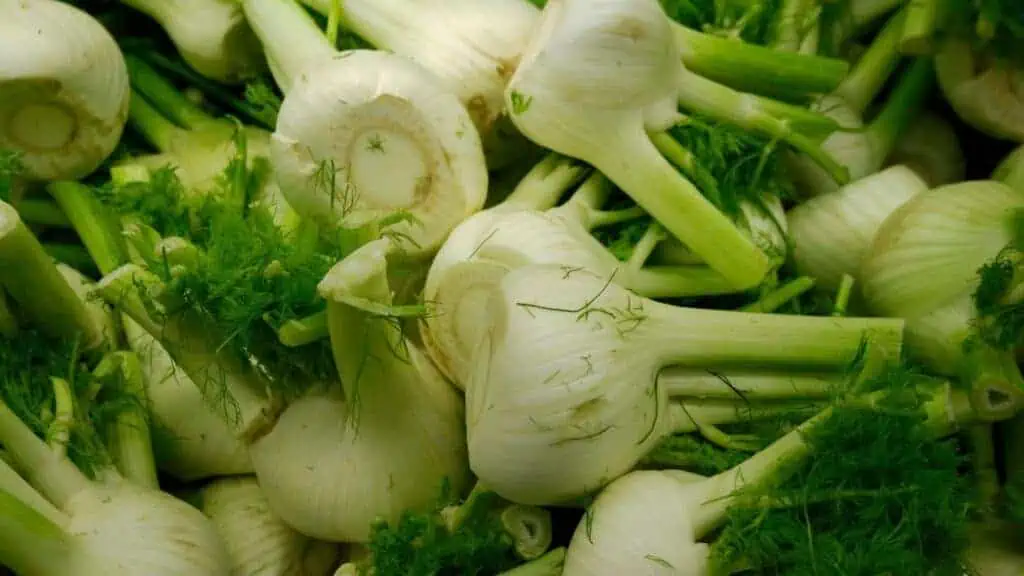
The next one on our list that supports lactation is a Mediterranean plant called fennel. Fennel seeds can add a nice flavor to your foods, so if you would like to boost your milk supply, don’t hesitate to use them as a spice and make some tea (another one of those great drinks to increase milk supply).
Fennel can also be used as many other vegetables- you can eat it raw, you can cook it, or drink it in tea (fennel is a common ingredient in milk-boosting teas). Most parts of the plant are edible: the bulb, leaves, and stalk as well.
3. Oats
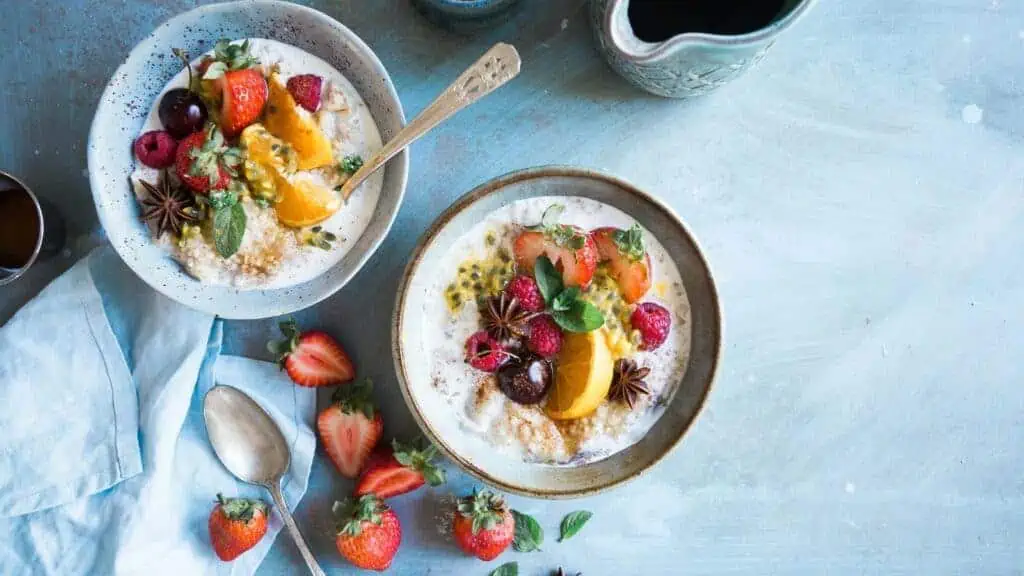
Oats are well-known breast milk boosters, and they are one of the best lactogenic foods. This is because they are rich in beta-glucan.
There are tons of ways how you can use oats. You can add them to a smoothie, make oatmeal for breakfast with some fruit, or add them to cookies and muffins. If you are looking for something super easy, try out these overnight oats recipes. You will love them!
4. Other whole grains
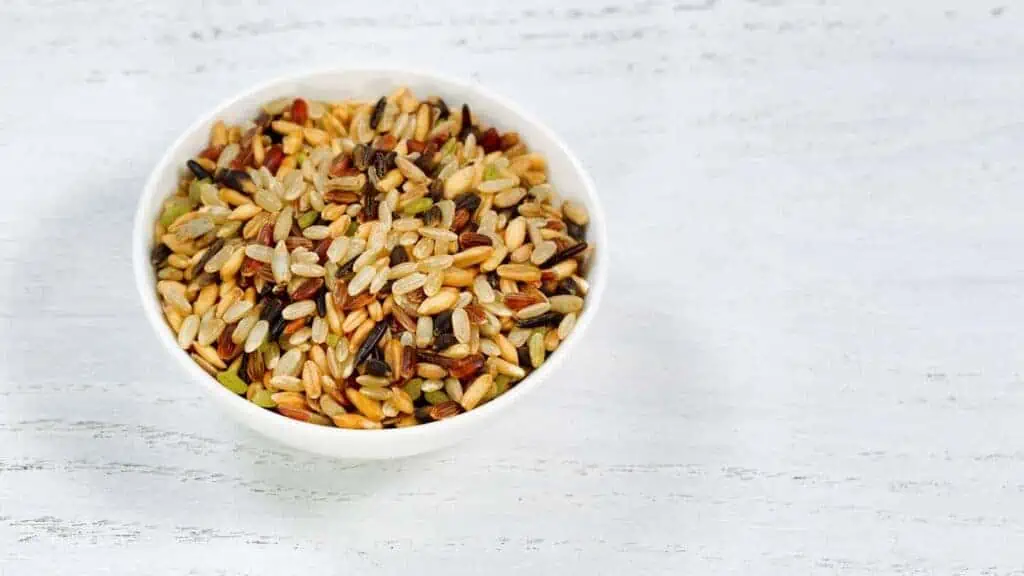
Other whole grains can also be beneficial for your milk supply. Whole grains are filled with nutrients and have properties that support lactation. So, if you want to have more milk (besides the above-mentioned barley and oats), you can try quinoa, brown rice, wild rice, and bulgar into your diet.
Related read: 10 QUICK AND HEALTHY BREASTFEEDING SNACKS IN UNDER 5 MINUTES!
5. Garlic
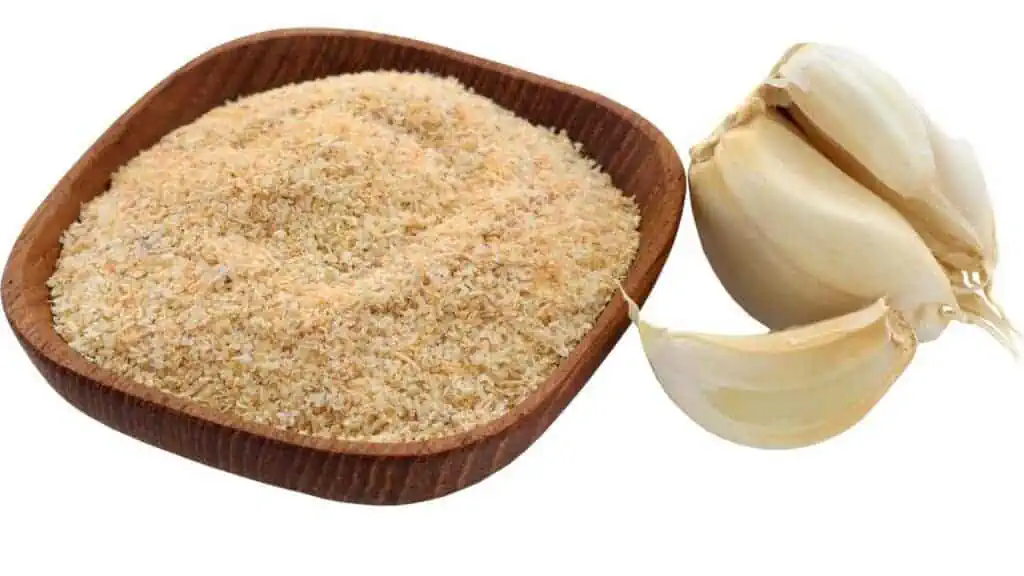
In general, garlic has many health benefits. But many people don’t know that it can also stimulate breast milk production.
Although garlic has a very strong taste that goes to breast milk as well, it doesn’t cause any problems for most babies. They like the flavor (usually). But if you notice that your baby doesn’t like your milk after you consumed some garlic, simply avoid it for a while.
Garlic can be used easily to flavor your dishes. It goes well with pasta, meats, vegetables, seafood, and sauces.
6. Meat

Foods that contain high mineral content, particularly iron, can promote a robust milk supply. So eating more of these foods may be a good idea, especially if you’re anemic (common in postpartum breastfeeding moms). Red meat (especially liver), pork, and chicken are great sources of iron. They may help nursing moms increase milk production.
Related read: FREEZER MEALS FOR NEW MOMS
7. Brewer’s yeast
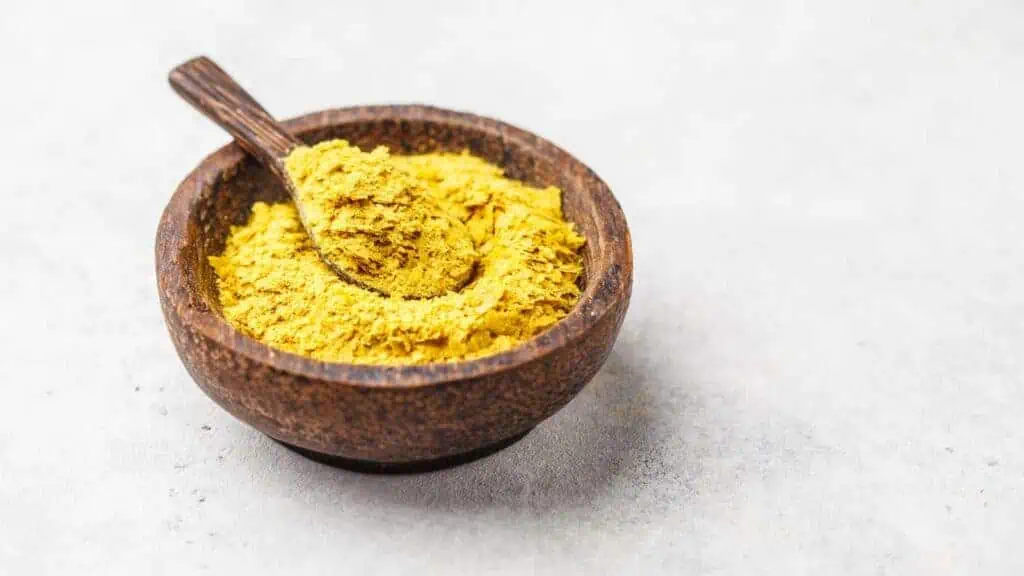
Nowadays, brewer’s yeast is used as a supplement, thanks to the many nutrients it contains. It is high in protein, iron, B vitamins, selenium, and chromium.
Brewer’s yeast is very often recommended for breastfeeding moms, and it can be found in many lactation snacks as well. You can use it in baked goods, smoothies, or as a garnish for your yogurt.
Other products that involve fermentation can also be beneficial, such as yogurt, sauerkraut, kombucha, or a probiotic supplement– as long as baby’s tummy can tolerate it.
8. Papaya
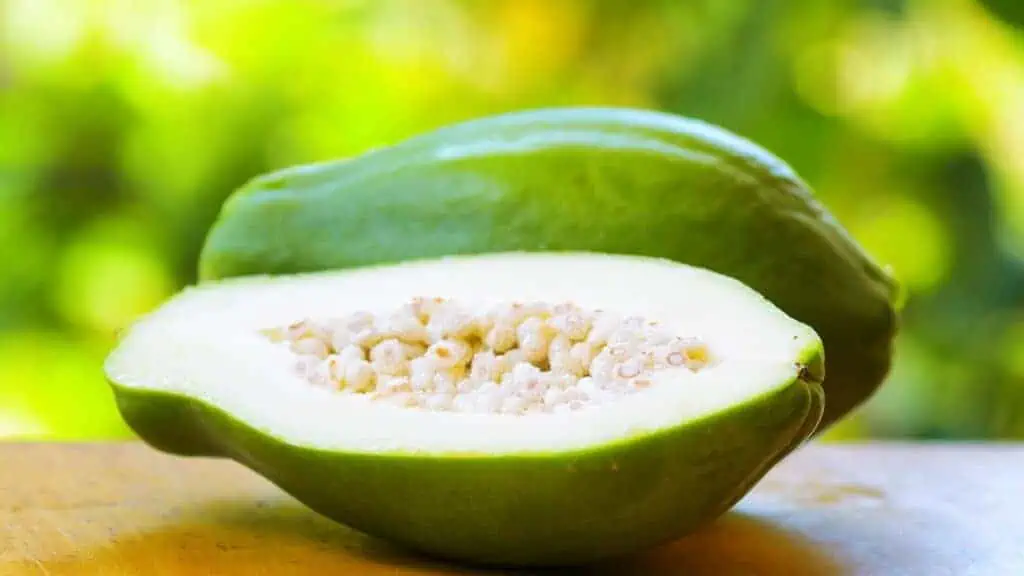
Good news for papaya lovers: papaya is also considered a galactagogue. In fact, in Asian culture, people have used it for centuries for a better breast milk supply and to increase breast milk production.
Add some papaya to your yogurt (from cow, goat, or coconut milk), or eat it with cereal or other fruits for breakfast. It may be also used in salads, Thai soups, or noodle dishes.
Related read: Does Breastfeeding Make You Hungry?
9. Dark leafy green vegetables
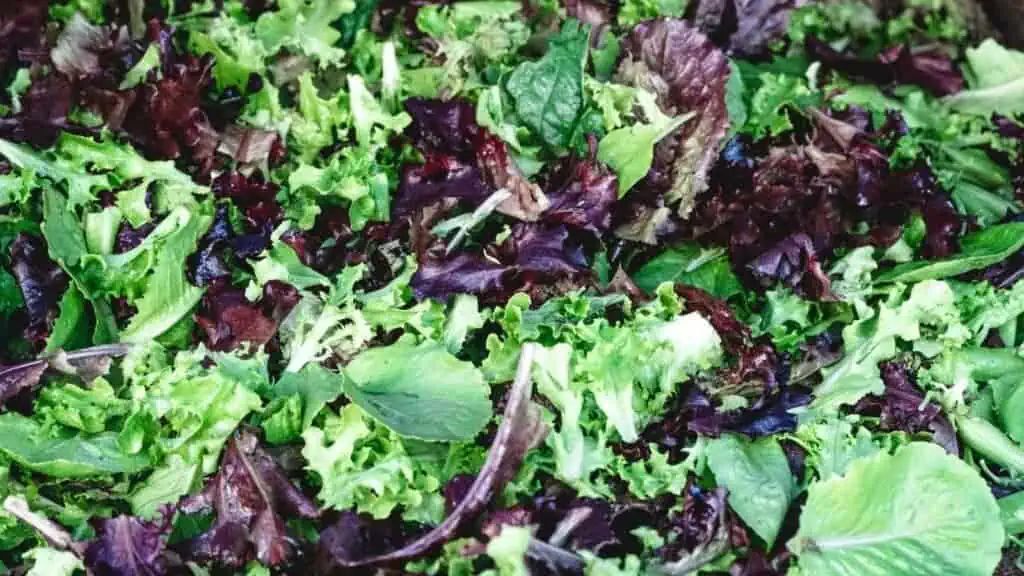
Dark leafy green vegetables are nutrient-dense and contain phytoestrogens (which have positive effects on lactation). Therefore, they are one of the best foods to increase breast milk supply (and milk production).
Get more leafy greens into your diet: kale, lettuce, and spinach are all great choices! You can eat them raw in a salad, cook them as a stir fry, bake them into chips, or add them to a smoothie with your favorite fruits and milk (coconut milk, almond milk, oat milk, water, etc.)
10. Fenugreek

Fenugreek is a spice used especially in Indian cuisine and can be found in some nursing moms’ teas (one of those go-to lactation drinks for breastfeeding mothers in some cultures). It contains estrogen-like compounds that studies show can help to increase milk production and breast milk flow.
Some babies become gassier from fenugreek. Therefore, it should be used with caution when using it as a drink to increase breast milk supply. The best is if you ask your lactation consultant before using fenugreek.
Related read: MOM FAVORITES: BREASTFEEDING CLOTHES AND NURSING TOPS
How do you know whether your baby is getting enough milk?

If you would like to know whether your baby is getting enough breast milk, look for the following signs:
- First, your baby sucks rapidly, then changes to long sucks and swallows rhythmically with some pauses.
- You can see and hear how your baby is swallowing the milk.
- The baby is calm and doesn’t force sucking.
- When the baby is well-fed, he/she should come off the breast alone.
- Your baby seems satisfied and happy after the feeds.
- The baby’s mouth is moist after (and often during) breastfeeding.
- Your breasts are softer/emptier after the feeds.
- Once the feed is over, you may start to feel sleepy or relaxed.
Besides these signs, other more general pieces of evidence may also show that your baby is eating enough. For example, your little one is gaining weight, seems healthy, and their diapers are frequently wet.
Signs that your baby may need more breast milk:
- Your baby seems lethargic and sleepy.
- The baby doesn’t have too much energy.
- Your little one is nursing for too little or too much time.
- Painful latching, lack of swallowing.
- The weight gain is much slower than it should be.
- Your baby is having less frequent wet diapers or stool.
If you noticed some of the above-mentioned signs or you are just simply worried about your baby’s nursing, see your doctor or a lactation consultant to be sure your baby is well-fed. It’s important to note that having a sleepy newborn in those first few weeks can also be totally normal- so just discuss any concerns and trust your mama instinct!
Related read: BREASTFEEDING TIPS: PROBLEMS AND SOLUTION
Hopefully, after going through this list, you will feel confident in your breast milk supply and can nurse your baby for a long time. There are so many awesome benefits- and the fact that you’re reading this and trying your best as an amazing mama!
Breastfeeding moms, have you tried any of these foods to increase your milk supply before? Did they work for you? What foods have helped you? I’ve heard of women swearing by the Starbucks Pink Drink, but couldn’t find any evidence to support this!








great set of products! I love all this very much. But the truth is I didn’t have any milk problems with my two babies. I was more like a dairy farm)